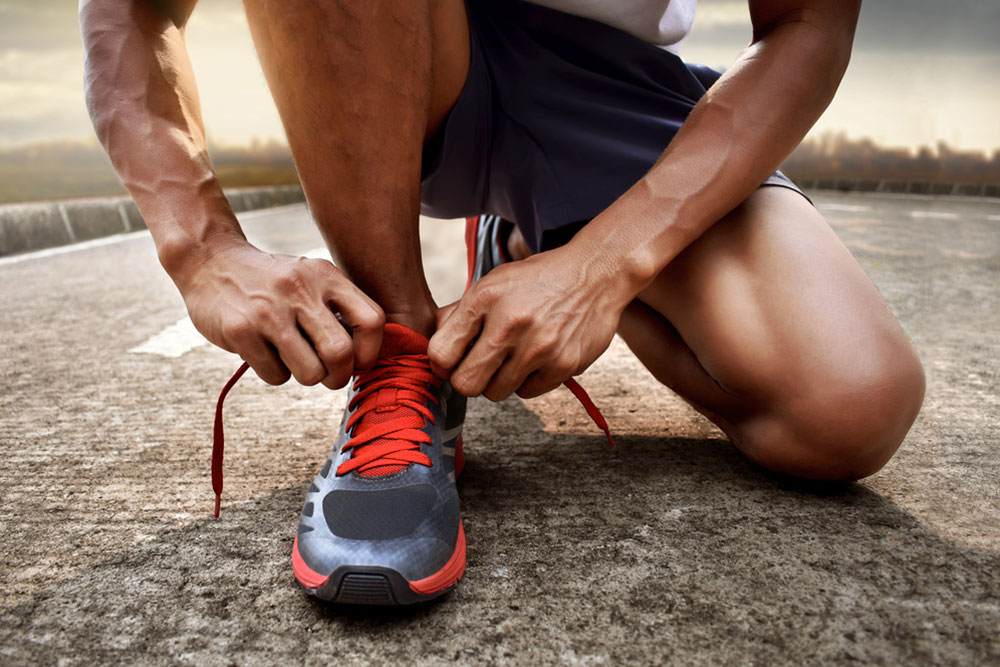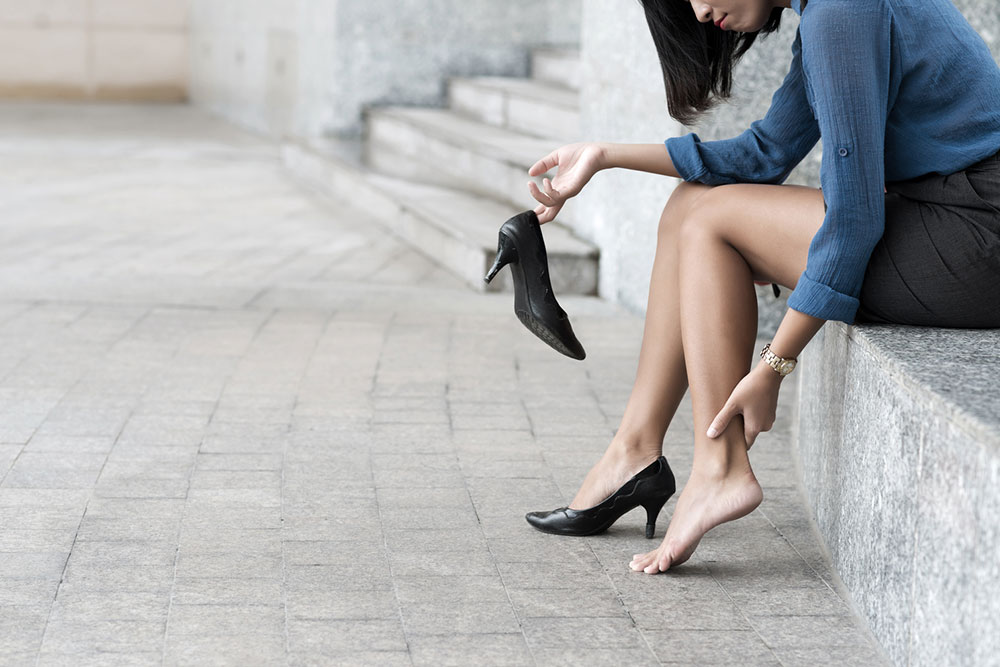Proper Footwear Choices to Alleviate Bunion Discomfort
Discover effective footwear options to ease bunion pain and prevent worsening. Learn how to select comfortable, supportive shoes with features catering to bunion deformities. Prioritize health and comfort to reduce pain and avoid complications. Expert tips include choosing wide, soft, and adjustable shoes, avoiding high heels, and consulting professionals for personalized solutions. Proper footwear can significantly improve quality of life for bunion sufferers and prevent further deformity. Take control of your foot health with these expert-approved shoe choices today.

Selecting the Right Shoes to Reduce Bunion Pain
Bunions are painful bony bumps that develop on the inside of the foot near the big toe joint. They happen when bones shift out of alignment under pressure, causing stiffness and making walking difficult. Your footwear plays a crucial role in either worsening or alleviating bunion symptoms. Tight, narrow shoes increase pressure on the joint, making the bunion larger and more painful.
To prevent worsening, avoid restrictive shoes and prioritize those designed for foot health and comfort.
Genetic factors can influence bunion development, but improper footwear is often the main cause. Thankfully, specialized shoes for bunion sufferers are now common. Correct footwear helps manage symptoms and slows deformity progression. Here's how to choose the best shoes for bunion relief.
Which types of shoes are best?
Focus on the size of your bunion. For minor bunions, select shoes with plenty of toe space, possibly sizing up. Avoid high heels or limit them to 1-2 inches, ensuring adequate room for toe movement. Shoes with added depth increase comfort, and custom inserts provide extra support. Comfort remains the top priority when selecting footwear for bunion relief.
Where can you find suitable bunion-friendly shoes?
Stores specializing in orthopedic or comfort footwear and online shops offer shoes designed for bunion care. Choose brands that produce soft, wide shoes to accommodate deformities. Consult a podiatrist for personalized recommendations. Insurance coverage, including Medicare, may include custom shoes and inserts for added support and space.
Features to look for in bunion-friendly footwear
Select shoes that prioritize function over fashion. Look for wide, soft, and adjustable styles with straps or laces for a secure yet comfortable fit. Materials like leather or canvas offer flexibility. Avoid tight shoes and high heels above two inches. Opt for features like ventilation to prevent moisture build-up. Correct footwear reduces pressure, eases pain, and prevents further deformity.
The risks of wearing inappropriate shoes
Bursitis
Wearing tight shoes can cause swelling and inflammation of bursae—fluid-filled sacs cushioning joints—leading to pain.
Hammer Toe
Constant pressure can cause toes to curl abnormally and deform permanently.
While surgery is often needed for bunion correction, choosing proper footwear helps manage discomfort and maintain foot health. Prioritize comfort over style and modify existing shoes if necessary. Use these tips to select optimal shoes for bunion relief today.


